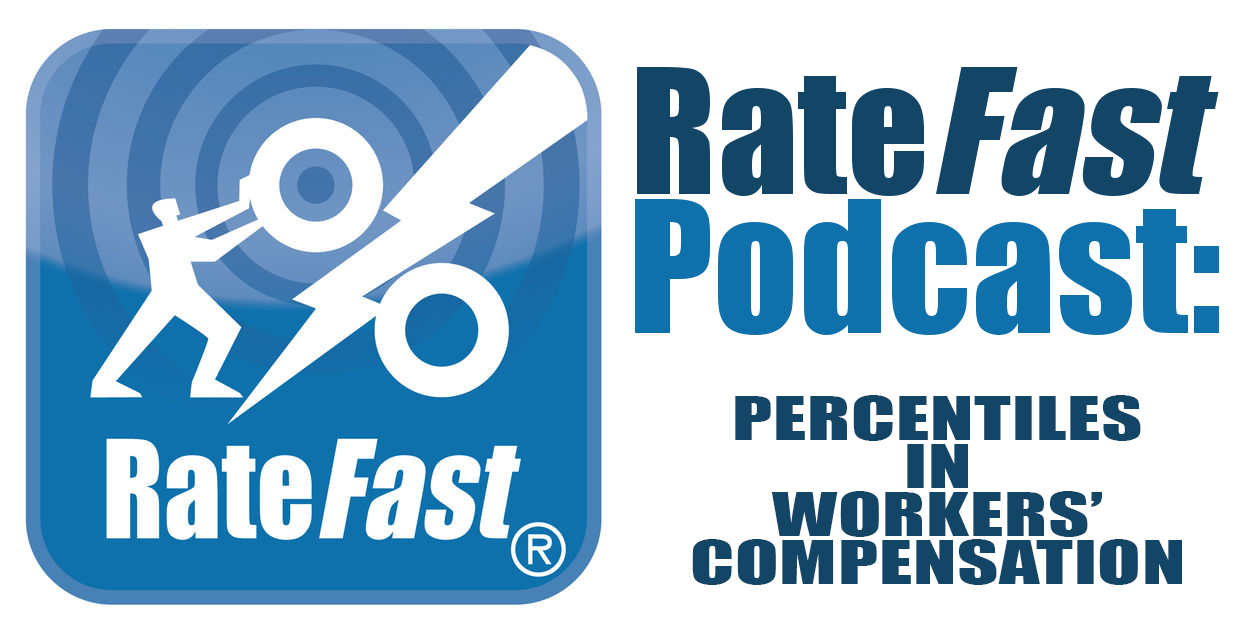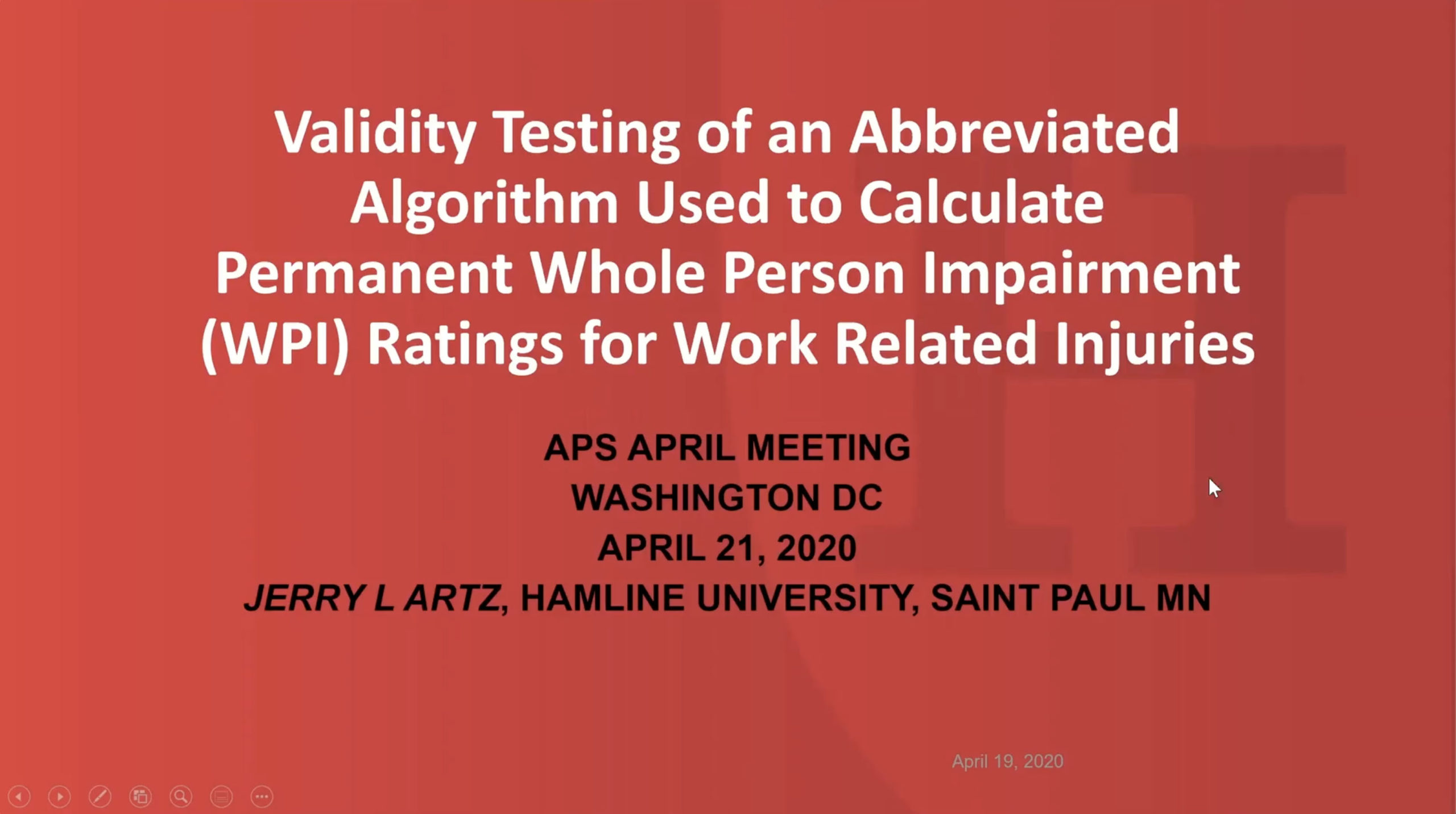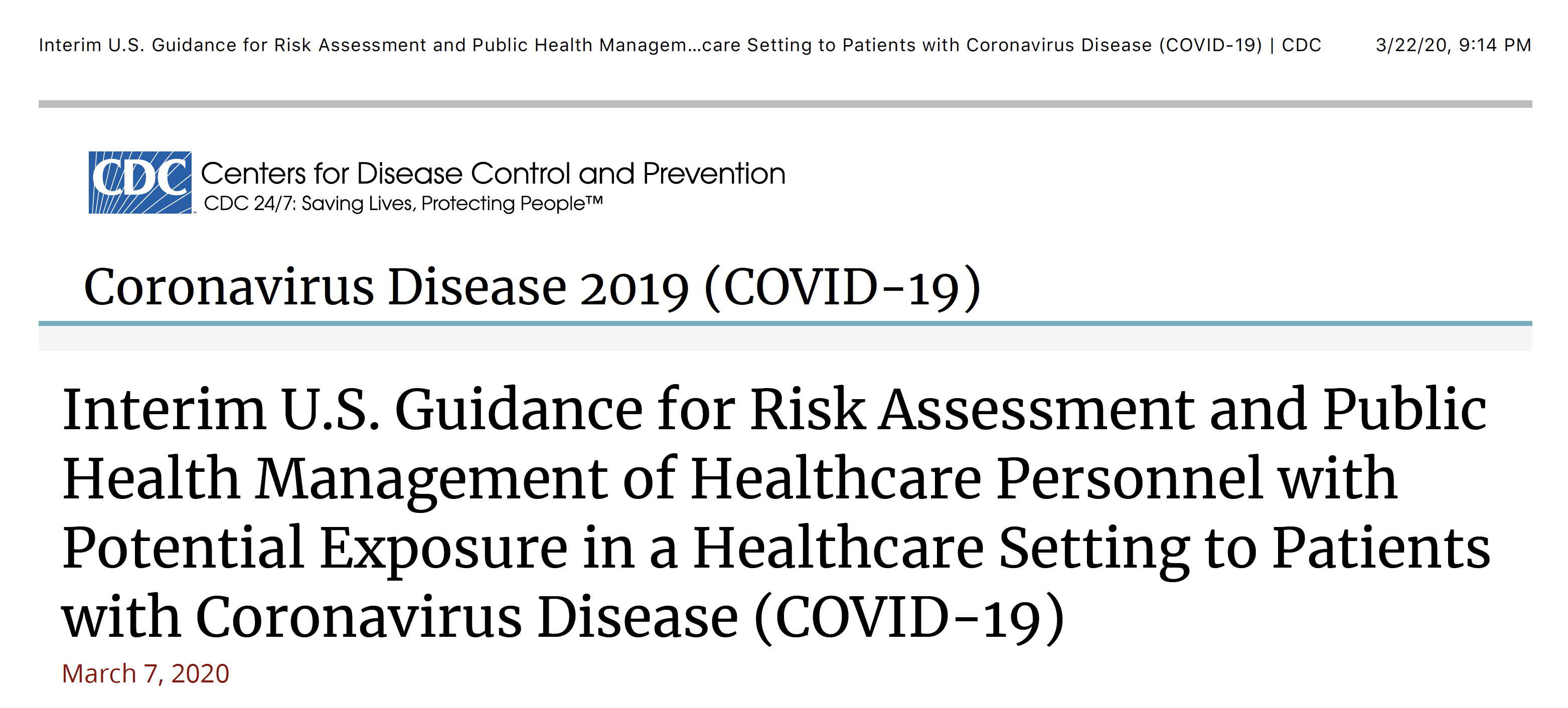In the midst of the coronavirus pandemic, Dr. John Alchemy explains the importance of the 3 levels of risk assessment in the CDC Covid-19 Risk Assessment Guidelines, as well as explains the upcominig RateFast Tool for the CDC Covid-19 Risk Assessment Guidelines.
transcription
Cory (Host) : Welcome to the California Work Comp Report. Today is Sunday, April 5th 2020. This is your host, Cory Olsen, talking to Dr. John Alchemy regarding the CDC guidelines for Covid-19 risk assessment as well as RateFast upcoming Risk Assessment Tool. So, John, tell us what it’s like on the front lines of fighting the coronavirus right now as a doctor.
John Alchemy : Well Cory, in my practice we’re basically a second tier occupational medicine clinic. So we’re not an urgent care. We’re not an emergency room. So a lot of the first line first time diagnoses are not coming into the practice. But, you know, we are getting patients who are concerned about potential exposures, not necessarily having symptoms. But just calling and coming into appointments, trying to understand what they need to do and what the risk of their exposure was. So we’ve actually had a couple of those already, and those were just earlier this week.
Cory : Oh, yeah. It’s definitely a legitimate concern being at work right now, just being around people in general when everybody’s telling you not to be.
John Alchemy : Yeah, and people who have underlying medical conditions or pulmonary issues are concerned because if they get sick then they know that they might be at increased risk for having a more difficult recovery.
Cory : Yeah, definitely. I’m sure that almost every medical professional that’s out there is aware of the kind of the CDC guidelines that are in place for all medical professionals to pay attention to, I guess you could say.
John Alchemy : Yeah, I think most people who see urgent kinds of visits are fairly familiar with that. That being said, the thing that really adds a layer of difficulty to this is still some major access to testing. And the test is not widely available at the time of this particular interview, and it’s hopefully going to get more available. But it really, really makes us do a little bit of over-precautionary recommendations because, as you know, the symptoms can go anywhere from: I feel great and I could be spreading it, to I’ve got a little bit of a sore throat, or I feel tired, or I’ve got a little cough. No. Could this be the beginning of the Covid-19 virus.
Cory : Yeah, and being asymptomatic, I mean more or less any airborne contagious disease has the potential to be asymptomatic. So it just makes it that much harder.
John Alchemy : Well, this is always the nature of viruses. There’s a spectrum of symptoms throughout the population when people get it, and in general, immunocompromised or older people have a more difficult time fighting these viruses. So the virus is not unique in that standpoint, because that is pretty standard for most viruses. But what is very concerning for this virus, obviously, is the aggressiveness, and it’s communicability to be passed on. And it’s so contagious and sometimes it is very, very variable as to who it is going to take down. We’ve all heard about the 25 year olds, 30 year olds going into the ICU unit, and obviously you know, the older people that are otherwise very healthy people passing and it is very, very alarming, and it just puts everybody on edge. And understandably so.
Cory : Definitely. Every couple of years we have something that comes about, whether it’s sores or H1N1 and things like that. And I believe that it’s probably put the CDC in a position where they sort of accelerate their virus spread program or what have you. So I guess today, how easy are the CDC guidelines to put in the practice for a real life scenario like this?
John Alchemy : Well, the main CDC guidelines they have out and the ones I use and advise patients on are the ones that assess the risk for health care providers. That’s obviously the people who are on the front lines, we want to know you know what their risk is. And the CDC did put out a very good paper, in my opinion, that was talking about how to triage people. And there’s three main risks. There’s high, medium and low risk, and if you’re a low risk individual, you can keep working and just monitor yourself for symptoms and use common sense and wear a face mask. But if you’re medium or high, you actually should be putting yourself in quarantine. For the 14 days and waiting to see if you develop symptoms or not. This was published in the CDC paper that we mentioned that came out mid March of 2020. And it just identifies a couple of things about high, medium and low risk exposures. First of all, high risk. High risk is someone who has Covid, not wearing a mask, and the person who is contacting them is not wearing a mask. And those individuals have prolonged contact meaning more than two minutes, and they’re close together with intimate contact, which is less than six feet. If you have that, that is considered a high risk exposure. The medium risk exposure is for, again prolonged and close contact with an individual, that individual is wearing a mask, so the individual with the coronavirus is wearing the mask. But the individual who is having contact is not, and that’s a medium risk exposure. Now, in both of those situations, the individual who is exposed is to basically quarantine and stop working for 14 days. In fact, they even make a recommendation that those individuals are to be reported to authorities and have formal monitoring, for their ongoing symptoms and to see what happens. The third is the low risk, and the low risk are people who have prolonged close contact with both individuals who are wearing a face mask or a brief exposure, which is under two minutes or good social distancing, meaning you never came within six feet of the individual. So those are considered low risk, and those individuals would be counseled to go ahead, keep working, assuming you have no symptoms. Monitor yourself. And usually the monitoring with an individual like that takes place just directly with their employer or their HR contact. But there’s no cited requirement that public health has to be monitoring these individuals now. That being said, there are two additional risk factors, or events that take place that will elevate your risk level by one. So again, low risk to medium and medium to high. So those are number one. Being in a room where there’s a procedure that could be airsilicing the virus, so this could be something like CPR. It could be intubating or extubating someone, putting the breathing tube in or out of their throat, doing a bronchoscopy where you’re actually looking down someone’s lungs with a camera. So those types of things, or an aerosolized treatment for asthma. And you can imagine that there are a lot of those going on right now in the ER. People coming in with respiratory distress and they’re getting their welbuteral and their drying agents in the ER. So those will increase your risk of exposure. Now, the last one is actually touching an individual, rolling them, handling them, anything like that. That is considered a major risk elevator. So, touching people. But again, if you think about it, our low risk was brief and more than six feet away. So obviously, if you’re touching someone, you’re less than 6 feet away, and then, as always, wear the mask. If you’re not wearing the mask, that’s a whole another risk level of assessments, and it is helpful. But like any other triage instructions, there’s always gonna be scenarios where your doctors, they’re gonna have to use their clinical determinations and their clinical experience. Not everything is bulletproof and 100% but I will say that this particular guideline that was put out in mid March by the CDC, if it identified one thing as a risk factor, it was a face mask or respirator. Clearly that was one of the top indicators of risk for people. And that’s important. And I think we’re all moving toward that going out now. I think it’s pretty clear that if you want adequate protection, even if you’re doing social distancing, you should have some type of face masks on or a respirator for sure.
Cory : Yeah. Yeah. It seems like, being the most important parts, like a castle might not need a moat, but it’s gotta have a wall. The wall would be the mask there.
John Alchemy : Yeah, exactly. Some common sense. That’s right.
Cory : Yeah, yeah. So, RateFast best is currently working on a calculator for determining the exposure risk for Covid-19. Do you mind telling me a little about the calculator, John?
John Alchemy : We’re looking at the CDC guidelines that I’m referencing here for risk assessment. And we began looking around, and it just did not appear that anyone had put this into any type of useful tool that someone could kind of go through, answer a couple of questions and just get an idea of what the general risk is. Any time you can, you can take some guidelines, put them into a consistent and easy to use tool, the chance that the guidelines are going to be used more accurately and consistently are so much better than hoping people recall them correctly to have read the article correctly. You know all these things. So again, we’re going to put this out, and the idea is not to replace going to your doctor. And the idea is not to say it’s better than the medical advice you get from a licensed physician. That’s not the point. But the idea is to aid and assist and just make sure that when you are assessing risks, you are taking into consideration, you know everything that the CDC would like us to think about with those interactions.
Cory : Yes, based off of what I know about the calculator, it’s sort of a logic, input, output based off of the lines of the CDC guideline itself. So if then if you’re wearing this, but not this, then risk level of exposure is something like that, which is again not not a replacement for the actual, I guess, sound medical advice of somebody, but it’s the best you can do, based off of the CDC guidelines, the guidelines that were given. So, John, is there anything that you would like to tell us about this topic, the calculator or sort of the issue at large from the standpoint of a medical professional?
John Alchemy : Well, I’m going to just make a few comments, so hopefully when our calculator comes out, we will make some announcements of that. It will have a disclaimer, of course, that it doesn’t replace medical decisions, making a doctor all that stuff, but hopefully it can be used as a guideline for people to think about the things that are valuable and important during this viral outbreak time and how we can be safe and stay safe.
Cory : Thank you so much for your help today John, and everybody out there, make sure you stay safe and that you’re following the correct protocol and everything during this ongoing and serious time.
John Alchemy : All right, Corry. Thank you.
Cory: Thanks, John. For more about the CDC guidelines for Covid-19 risk assessment and the rate fast CDC Guidelines Covid-19 Risk Assessment Tool, visit our blog at blog.rate-fast.com and for more about the RateFast Workers Compensation Software suite, visit us at great-fast.com







